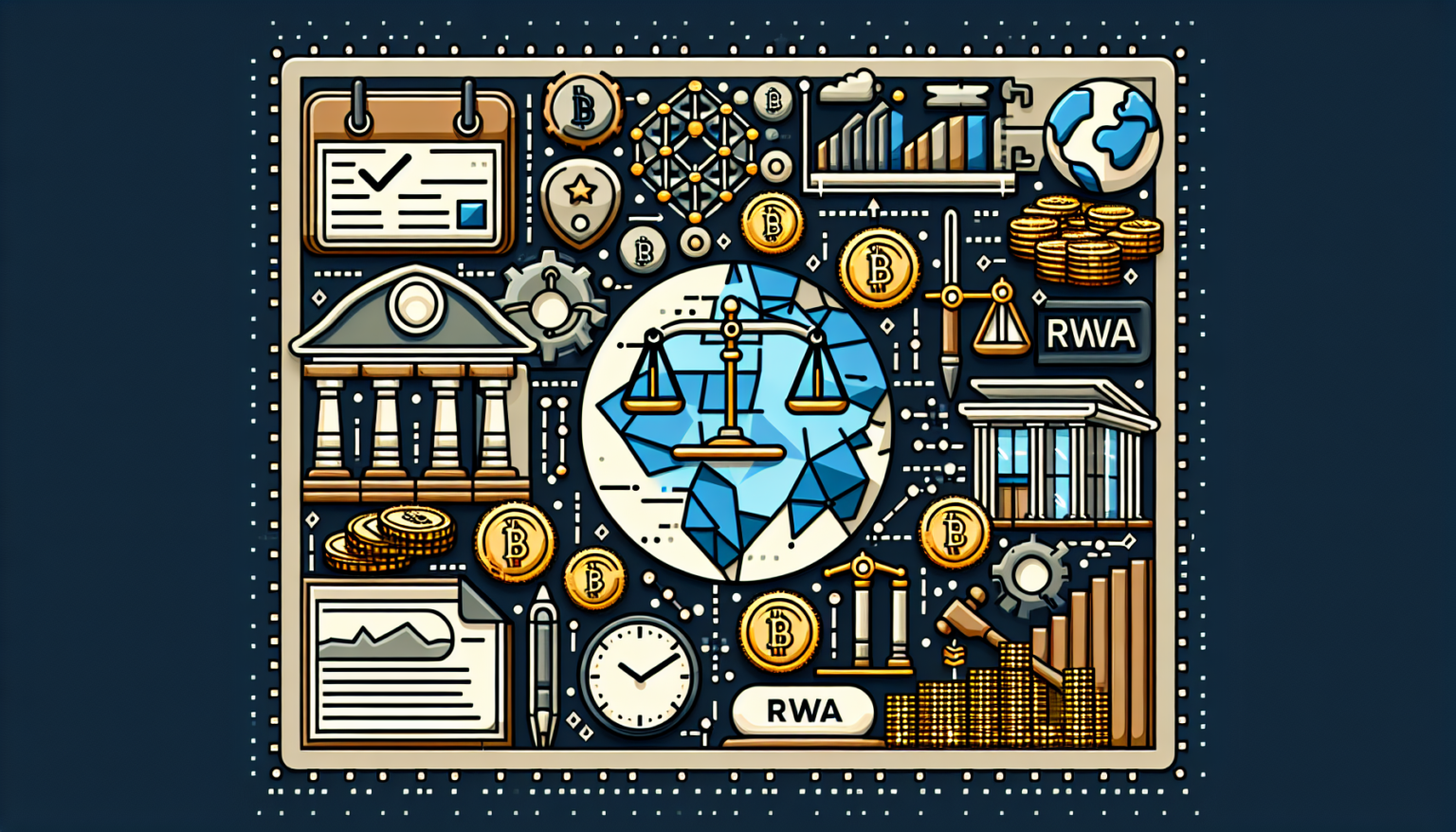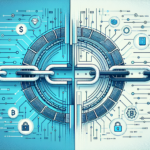Defining Regulatory Frameworks in Tokenization
What is Tokenization?
Tokenization involves the creation of digital representations for real-world assets (RWAs) using blockchain technology. It allows assets such as real estate, commodities, or even intellectual property to be divided into smaller, tradable units, thus democratizing access to investment opportunities.
The Role of Regulatory Frameworks
Regulatory frameworks are essential structures established by governments and regulatory bodies to govern activities in various markets, including finance and technology. When it comes to tokenization, they dictate how these digital assets are created, traded, and utilized across different jurisdictions.
The Need for Regulation in Tokenization
Protecting Investors
One of the primary functions of regulatory frameworks is to protect investors from fraud and manipulation. In the world of tokenization, where assets can be sold digitally, it’s crucial to ensure that investors have access to accurate information regarding the assets they are purchasing.
Ensuring Market Integrity
Regulatory bodies aim to uphold the integrity of financial markets. With the rise of tokenized assets, ensuring that these markets operate fairly and transparently is vital. Regulations help enforce standards, which can minimize market manipulation and foster an environment where trust can thrive.
Facilitating Innovation
While it may seem that regulation stifles innovation, a well-defined regulatory framework can promote it. By setting clear rules, companies can innovate within a safe environment, gaining clarity on what is permissible and what is not.
Global Regulatory Environment for RWA Tokenization
Varied Approaches Across Countries
The regulatory environment surrounding tokenization varies significantly around the globe. Some countries have embraced digital asset regulation, while others have adopted a more cautious stance. For example, countries like Malta and Switzerland have developed comprehensive regulatory frameworks, encouraging innovation, while regions like China have imposed strict bans on cryptocurrency-related activities.
Key Regulatory Bodies
Several key organizations play a role in the regulation of tokenized assets. In the United States, the Securities and Exchange Commission (SEC) is responsible for enforcing securities laws, which also extend to digital assets. The Financial Action Task Force (FATF) provides international standards to combat money laundering and terrorist financing, influencing how various jurisdictions regulate tokenization.
Types of Regulations Impacting RWA Tokenization
Securities Regulations
Many tokenized assets fall under the category of securities, which means they must comply with established securities laws. This involves providing disclosures, adhering to reporting requirements, and ensuring that offerings are registered unless a specific exemption applies. The definition of what constitutes a security can vary, and this ambiguity can significantly impact the tokenization process.
The Howey Test
In the U.S., the Howey Test is often used to determine whether a token qualifies as a security. Under this test, the SEC assesses whether an asset is an investment of money in a common enterprise with an expectation of profits derived from the efforts of others. If it meets these criteria, the token is classified as a security, bringing various regulatory obligations.
Tax Regulations
Tax implications are a crucial aspect of any asset transaction, including tokenized RWAs. Different countries have varying approaches to taxing digital assets, ranging from capital gains taxes to transaction fees. Understanding these regulations can aid investors and businesses in navigating their tax responsibilities related to tokenization.
Anti-Money Laundering (AML) and Know Your Customer (KYC) Regulations
AML and KYC regulations are critical in safeguarding the financial system from illicit activities. Tokenized assets may be subject to these measures to ensure that neither the buyers nor the sellers are engaged in money laundering or other illegal activities. Complying with these regulations can be burdensome for businesses but is necessary for maintaining legal and ethical standards.
Challenges in Regulatory Compliance for RWA Tokenization
Navigating Complexity
The complexity of the regulatory landscape can present significant challenges for businesses involved in RWA tokenization. With regulations differing by jurisdiction and asset class, organizations must invest considerable resources into understanding and complying with the varying requirements.
Cost Implications
Compliance with regulatory standards often comes at a considerable cost. From legal consultations to implementing robust compliance systems, businesses can face substantial financial burdens. These costs can be especially challenging for startups and smaller companies looking to enter the tokenization space.
Regulatory Uncertainty
The rapidly evolving nature of blockchain technology and tokenization means regulations often lag behind innovation. This creates an environment of regulatory uncertainty, where businesses may hesitate to invest or innovate for fear of future regulatory changes.
The Future of Regulatory Frameworks in RWA Tokenization
Adapting to New Technologies
As technology continues to advance, regulatory bodies are learning to adapt their frameworks to accommodate new developments. This adaptive approach can foster an environment that encourages technology while still protecting investors.
International Cooperation
The global nature of tokenized assets makes international cooperation essential. Harmonizing regulations across jurisdictions can significantly improve market access and enhance investor protection. Organizations like the FATF are paving the way for a more unified approach to digital asset regulation.
Potential for Standardization
The future may see more standardized regulatory frameworks emerging worldwide. This standardization can simplify compliance and create a more predictable environment for companies engaging in RWA tokenization.
The Importance of Stakeholder Engagement
Involving Industry Stakeholders
Engaging with industry stakeholders, including businesses, investors, and regulatory bodies, is crucial in shaping effective regulatory frameworks. Collaborative efforts can lead to regulations that safeguard investors while also fostering innovation and growth in the tokenization of RWAs.
Public Awareness and Education
Educating the public about tokenized assets and their associated regulations is equally important. Increased awareness can help investors make informed decisions and create a demand for more transparent and accessible regulations, driving positive changes in the regulatory landscape.
Innovation Labs and Regulatory Sandboxes
Many jurisdictions are adopting regulatory sandboxes, allowing companies to test their tokenization innovations in a controlled environment. These labs provide valuable insights for regulators while giving firms the opportunity to demonstrate compliance with regulations.








益群网:终身分红,逆向推荐,不拉下线,也有钱赚!尖端资源,价值百万,一网打尽,瞬间拥有!多重收益,五五倍增,八级提成,后劲无穷!网址:1199.pw